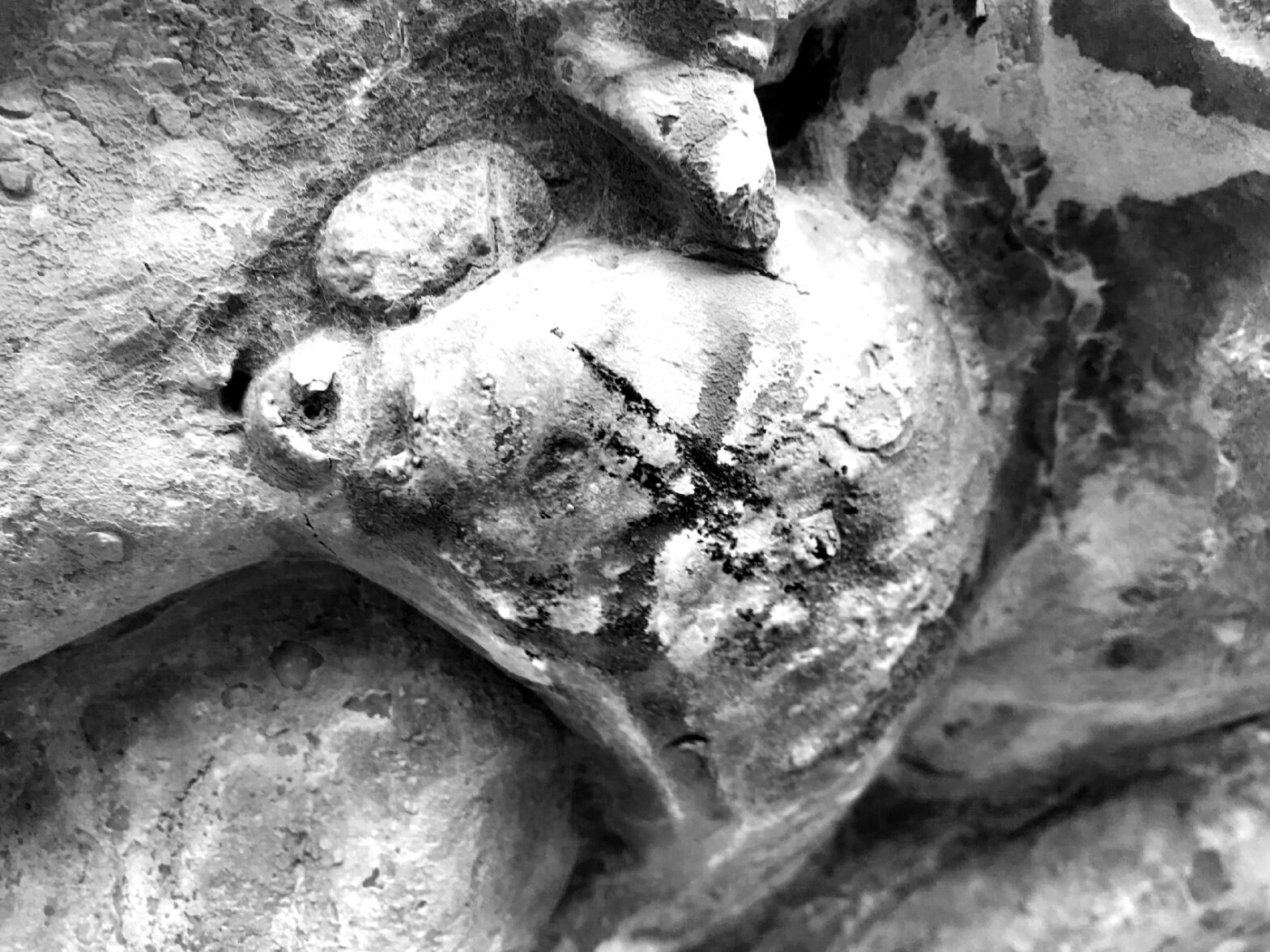This project is an archaeological prospection in Cerro Otten, Última Esperanza, Magallanes, Chile – following the discovery of rock-paintings by Alfredo Prieto in 2022. Despite being located in an easily accessible territory close to inhabited places, the area features numerous unexplored valleys and favorable conditions for discovering rich archaeological sites. The study is aiming to document Prieto’s findings and to establish and discuss protocols for archaeological prospecting of this area in the future.
The expedition in March 2024 was possible thanks to the support of Prisma Austral and its Center Scientist Edmundo Pisano , in collaboration with the Laguna de Los Cisnes Corporation.
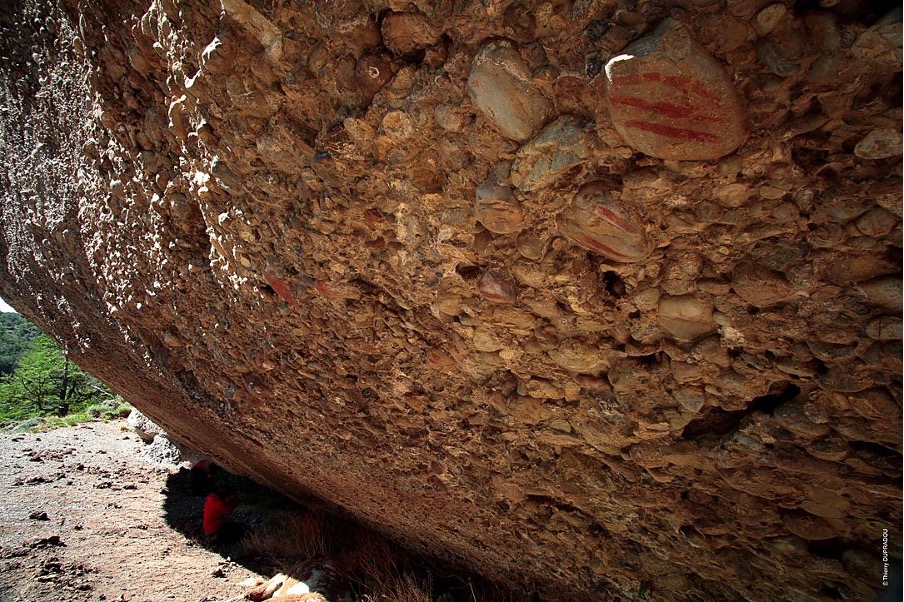
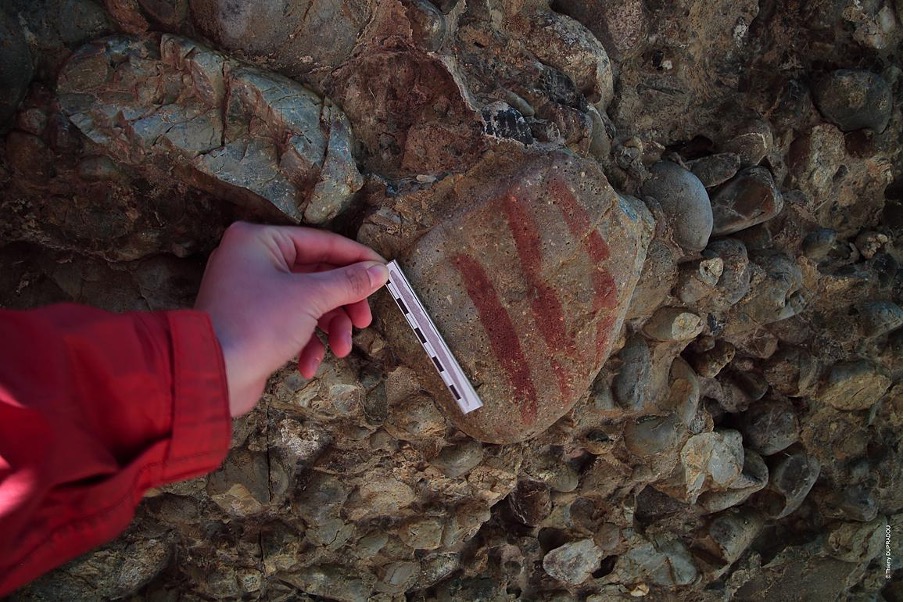
Background
Cerro Otten is found about 40 km north of Puerto Natales and about 20 km from Cerro Benítez, the place where the Milodón Cave is located. The site was discovered a few years ago by Alfredo Prieto within the framework of the development of a Fondart project.
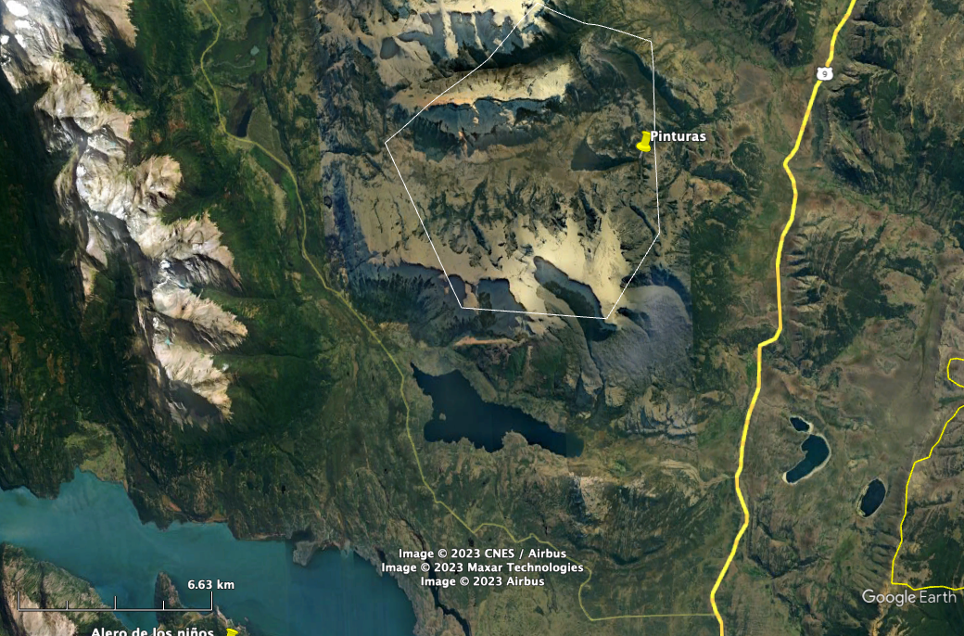
The site is a rock-shelter with paintings and stratigraphic deposits at the base of a hill. The cave paintings, spanning approximately 30x3x5 meters, were found in an area very conducive to past human habitation. The geology of the site and its surroundings, specifically the Cerro Toro Formation (Hubbard, Romans, and Graham, 2007), creates habitable spaces, caves, and eaves. These features historically attracted nomadic populations, suggesting the potential for further discoveries in the Sierra Señoret area. Carefully studying and analyzing the paintings and surroundings may help to understand the role of the flow of social information mediated via visual imagery in the wider context of population dynamics. (see Francisco et al., 2022)
The area gave rise to the development of rock paintings not only among the terrestrial hunter-gatherer populations of Patagonia but also among the canoe-faring Fuegian people. On the other side of the Última Esperanza Sound, the first evidence of cave paintings attributable to canoeists was found in a child burial (Cueva de Los Niños, Legoupil and Prieto).
The community of Última Esperanza holds a deep appreciation for archaeological and paleontological discoveries. Notably, it proudly features the Milodon—an extinct species—as its emblem at the city entrance. Since the discovery of the Milodon cave by a group of german settlers in 1895 many of the early scientific expeditions dealt with that place, among others the Swedes Otto Nordenskjöld and Erland Nordenskiöld, Rodolfo Hauthal, Robert Lehman-Nitsche, Santiago Roth, Junius Bird and the French archaeological mission led by Joseph Emperaire and Anette Laming-Emperaire.
In all the caves I investigated during my expedition to these areas, I meticulously studied all the evidence, in order, if possible, to find some belonging to some mammal not yet known in south-western Patagonia. These efforts were not entirely fruitless, for I found, in the caves of the inaccessible forest between the Sierra Otten and the Sierra Campanilla, hitherto unvisited by the white man, evidence, as far as I can judge, of vizcacha, an animal which in these areas had been observed before in the Baguales Mountains…
(Erland Nordenskiöld, 1899)
The presence of the famous Milodon Cave (Martinic 1996) attracted so much attention and acted as a centrifugal force for scientific efforts in the area. This culminated in 1970 with the discovery by Felipe Bate of the Tres Cuevas – a large rock shelter with a cluster of motifs of red lines and dots over a length of more than 6 metres – paintings of difficult figurative ascription, with the exception of a motif called “ñandú footsteps”.
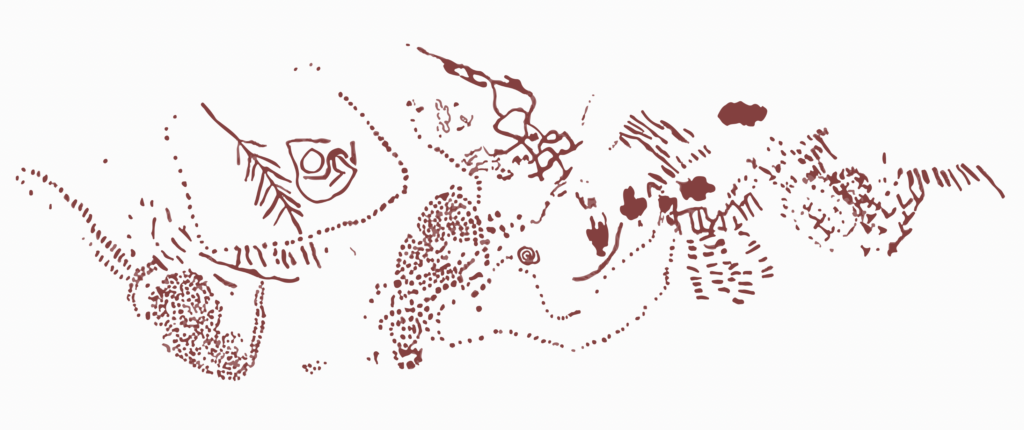
From then on, interest seems to have decreased until the development of a new interdisciplinary project in 1993, as Martinic points out :
It was then that the management of the Center for Southern Man Studies warned of the need to make a multidisciplinary effort, important although not conclusive, through a campaign of work to be carried out over the entire known area . With the support of the University of Magallanes (which the Patagonia Institute had joined in 1988) and the financial support of the National Geographic Society of the United States of America, it was carried out during During the months of January and February 1993, a field task in which around twenty researchers took part.
Many sites were discovered in the area, the most important were found in the surroundings of Cerro Benítez (Prieto 1991; Borrero, Martin, and Prieto 1997; Jackson and Prieto 2005) but areas as the Señoret mountain range – north of Cerro Benítez, between Cerro Mocho and Cerro Castillo – have not been archaeologically prospected.
Short exploration March 2024
From March 22–24, an interdisciplinary team visited the site to retrace the Prieto’s findings and to analyze the area and trace geographical formations that might host additional sites of interest.
From our base at Centro Científico Edmundo Pisano we approached the territory from south-east, following path of Prieto’s expedition in 2022.
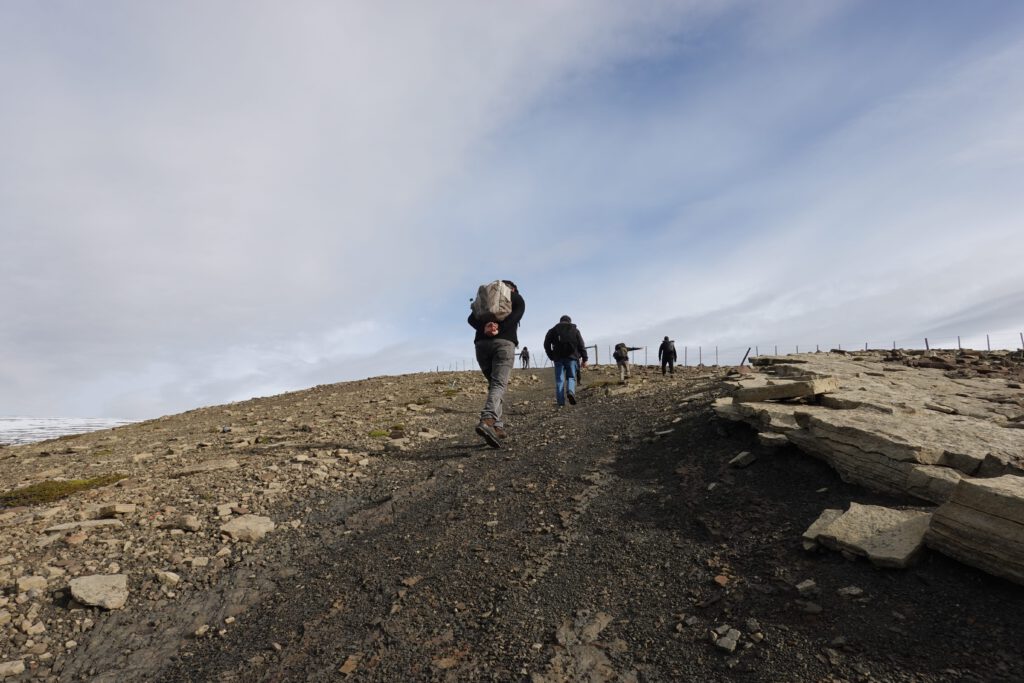
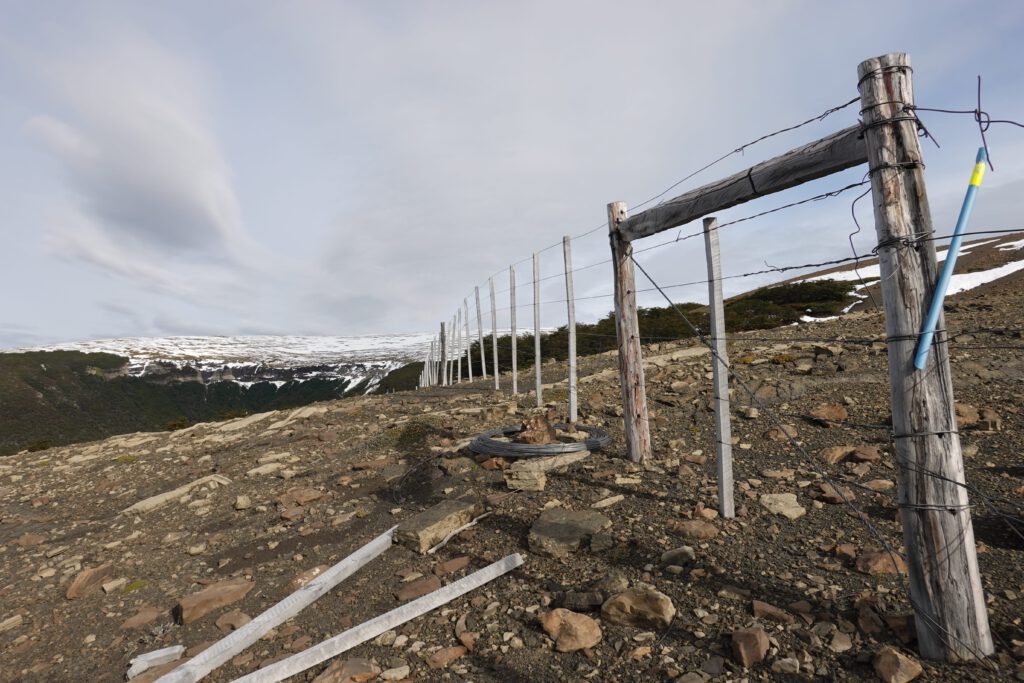
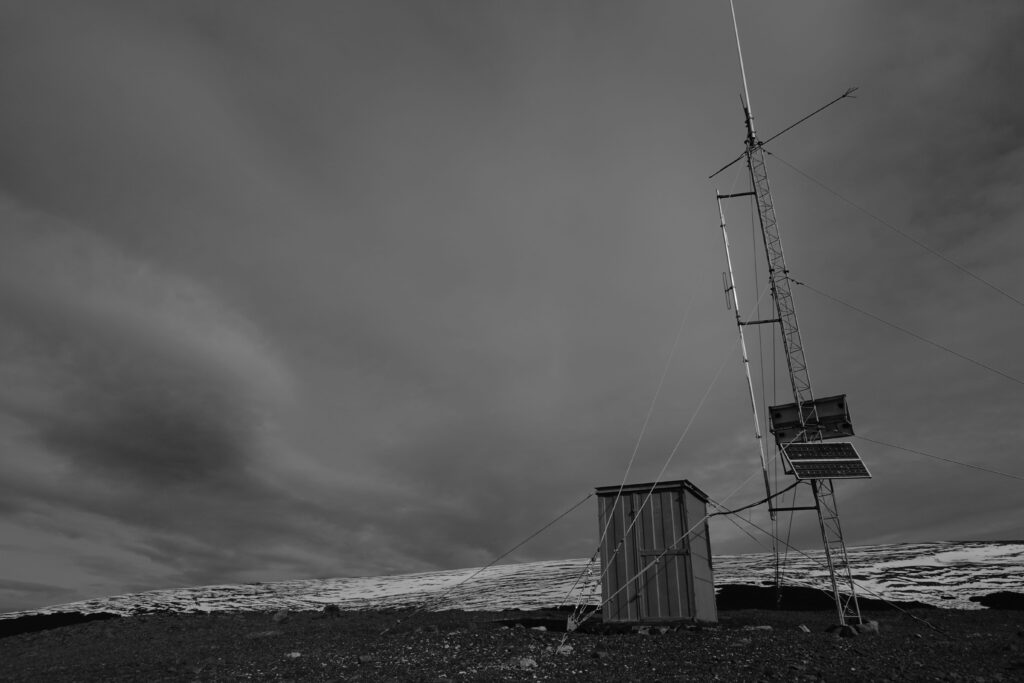
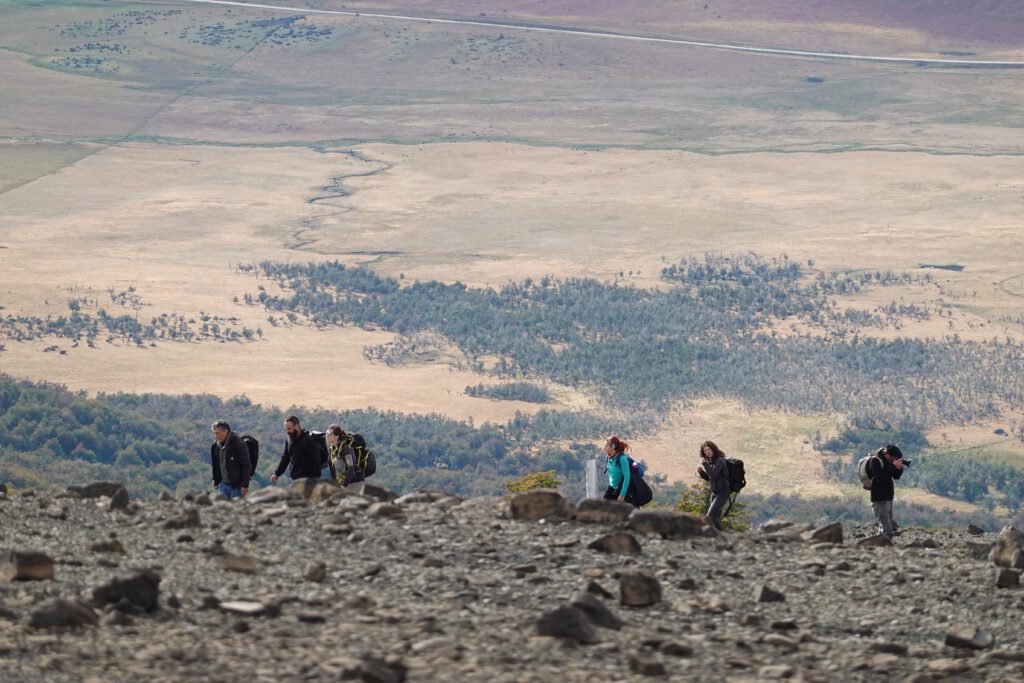
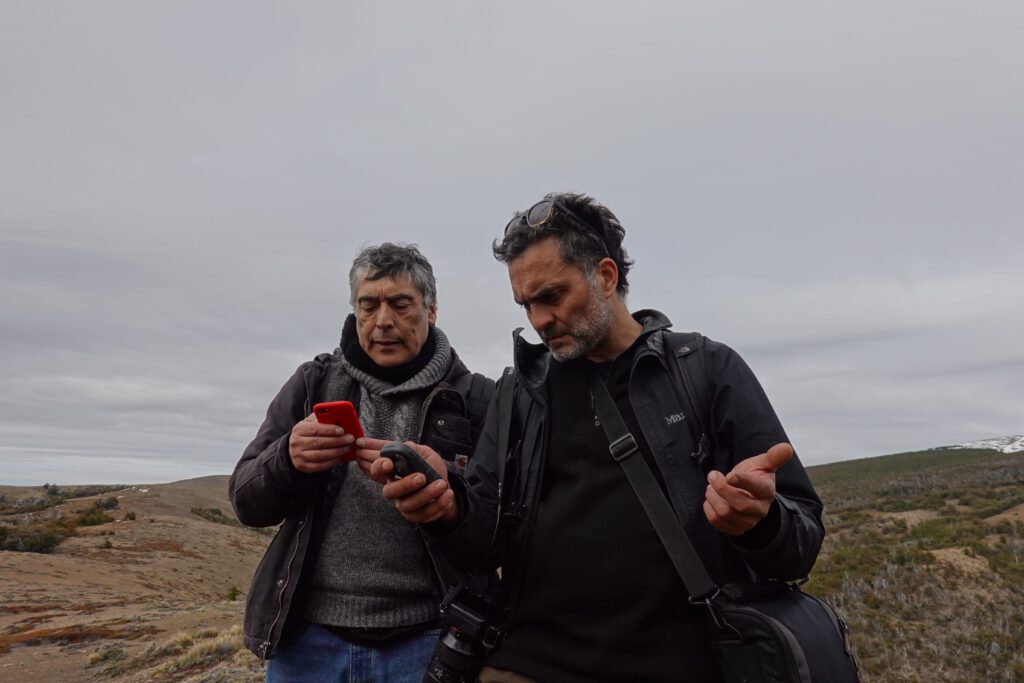
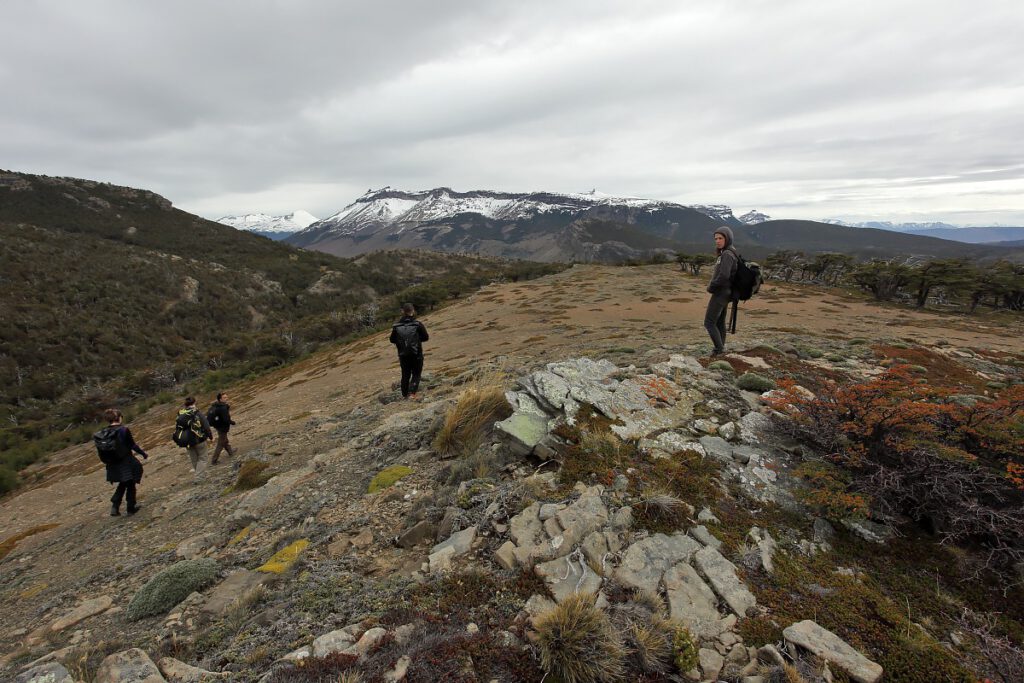
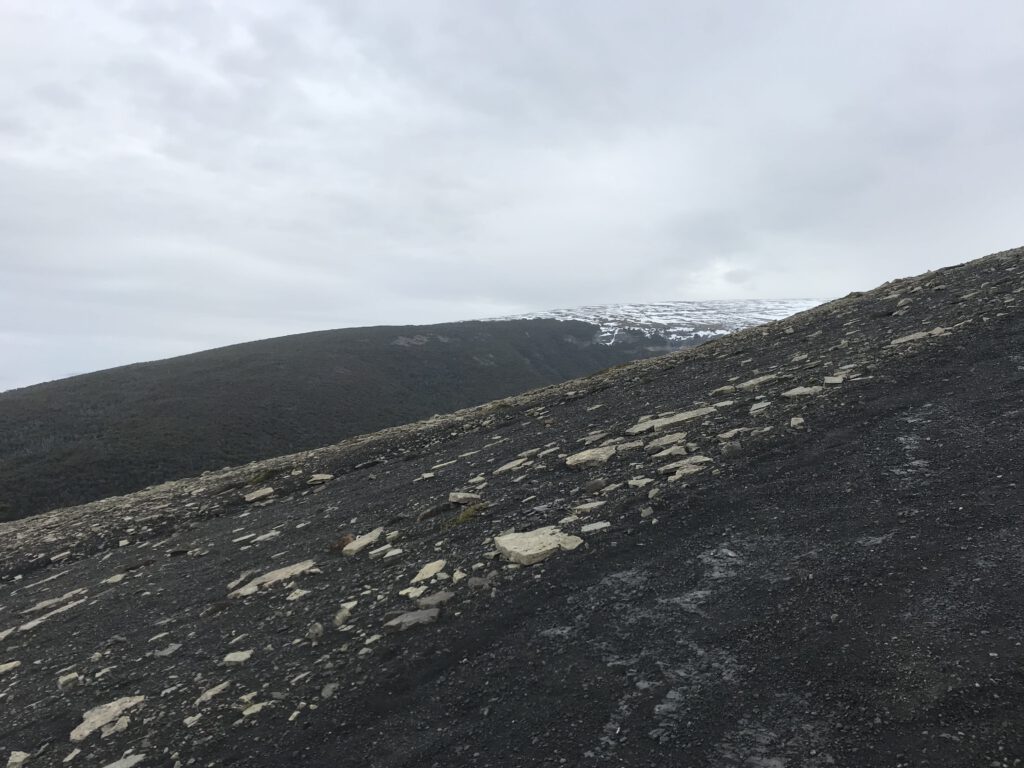
Due to difficult territory and weather conditions we could not find back the original place in the given time frame. Nevertheless in a further prospection we identified a new archaeological site – another rock shelter with several small paintings and pigment traces. A careful investigation of the territory is necessary. Our future project encompasses further archaeological surveys, non-invasive studies, and interdisciplinary site analyses within this region. Especially interpretation an contextualization of visual imagery and graphic codes from an interdisciplinary perspective, respectively the arts seems very interesting.
There is little doubt that the rock art of the southern Patagonia Archipelago and the nearby mainland, with their rugged, windswept lands lashed by rain and snow, encouraged the forging of intercultural social bonds that—based on the evidence of contact between territories—allow us to infer an aspiration for cooperation rather than competition. Creating a network of social complementarity in which social information flowed probably made it possible to reduce survival risks associated with low-population density groups that were separated by long distances. (Francisco et al., 2022)
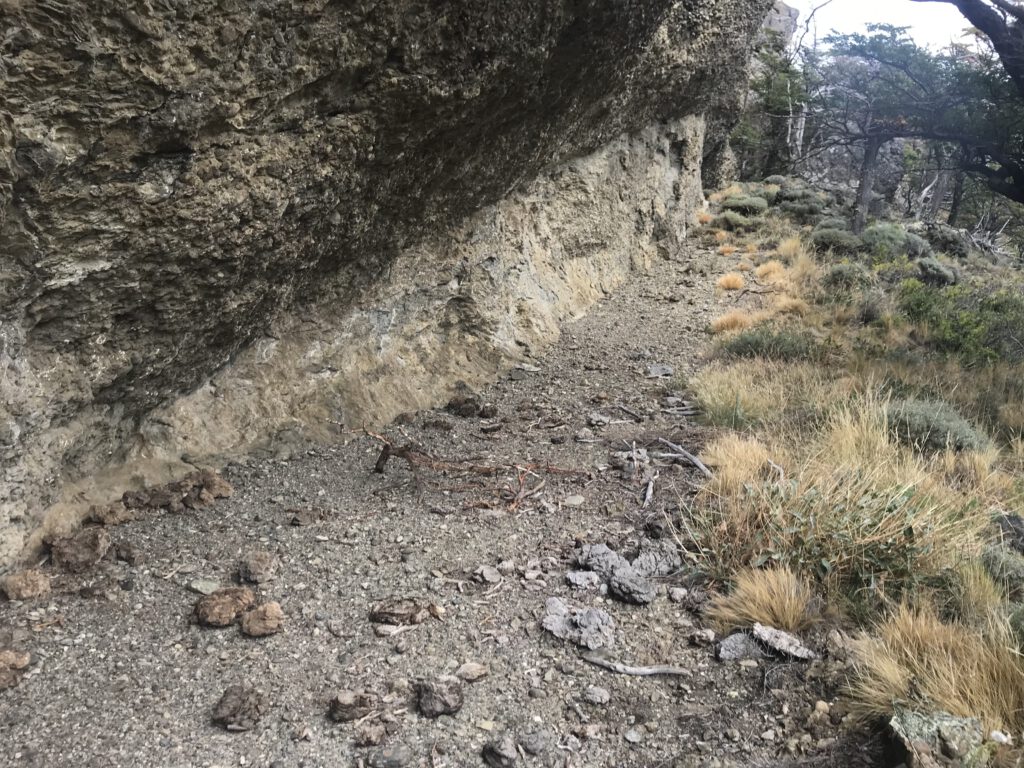
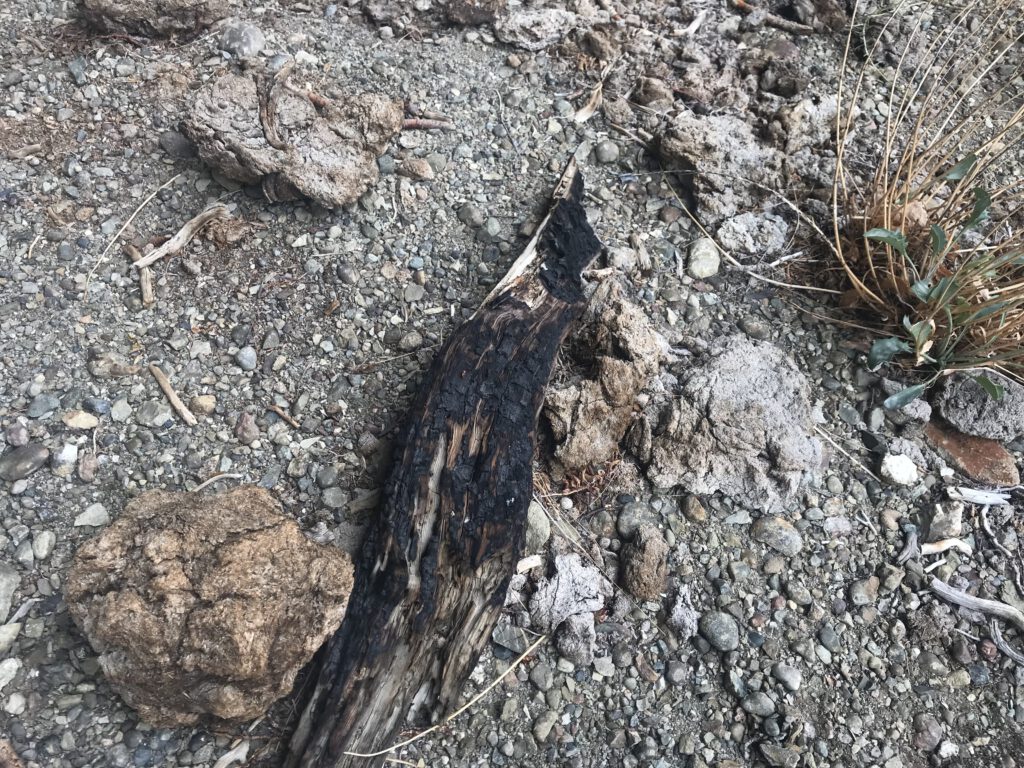
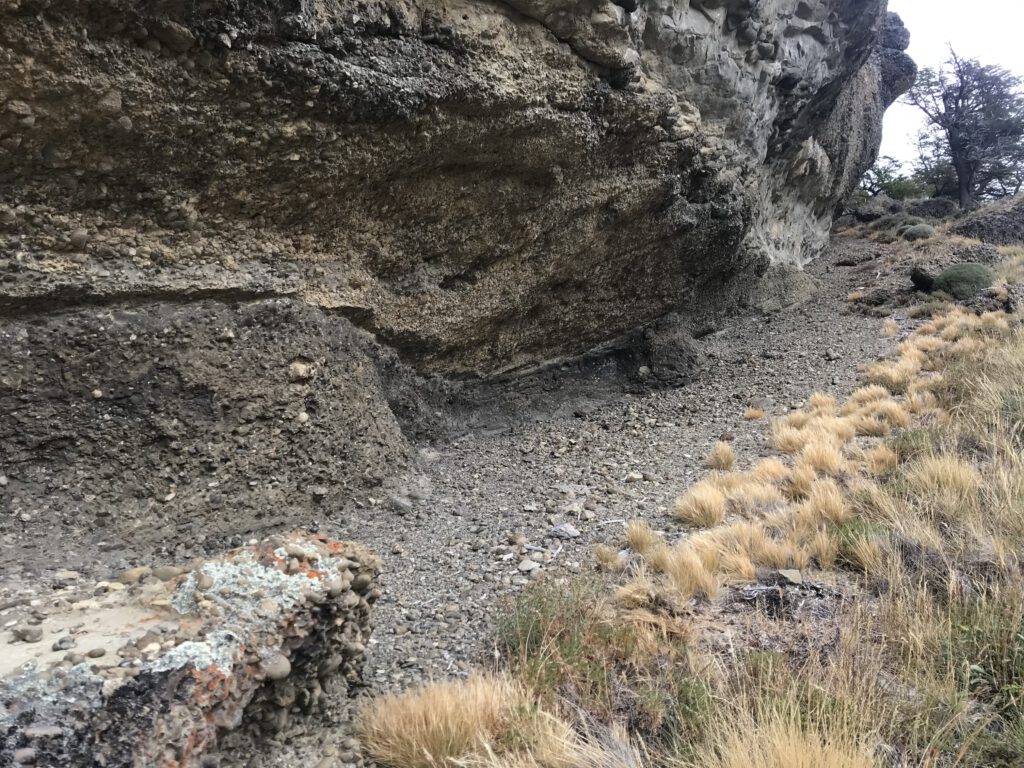
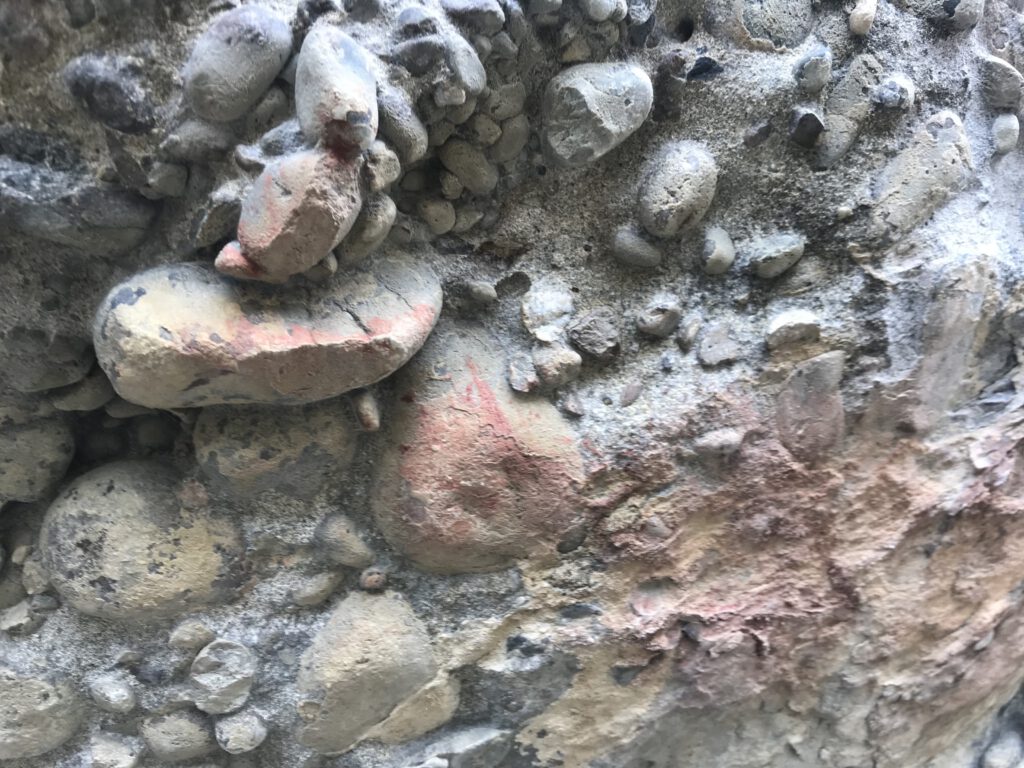
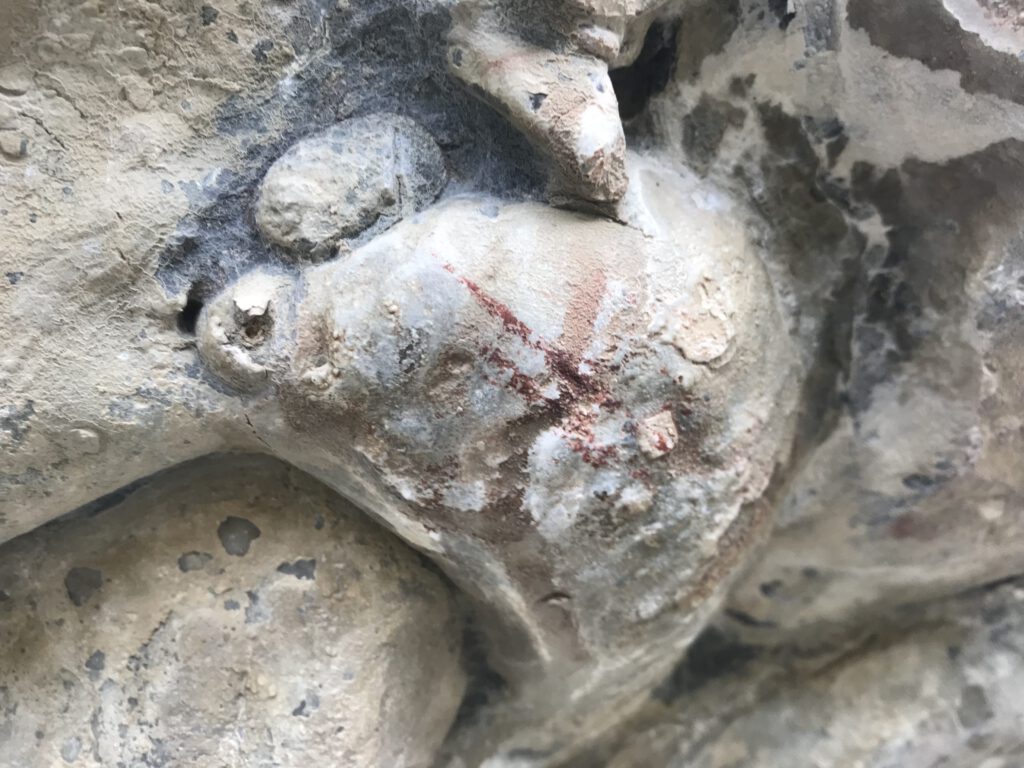
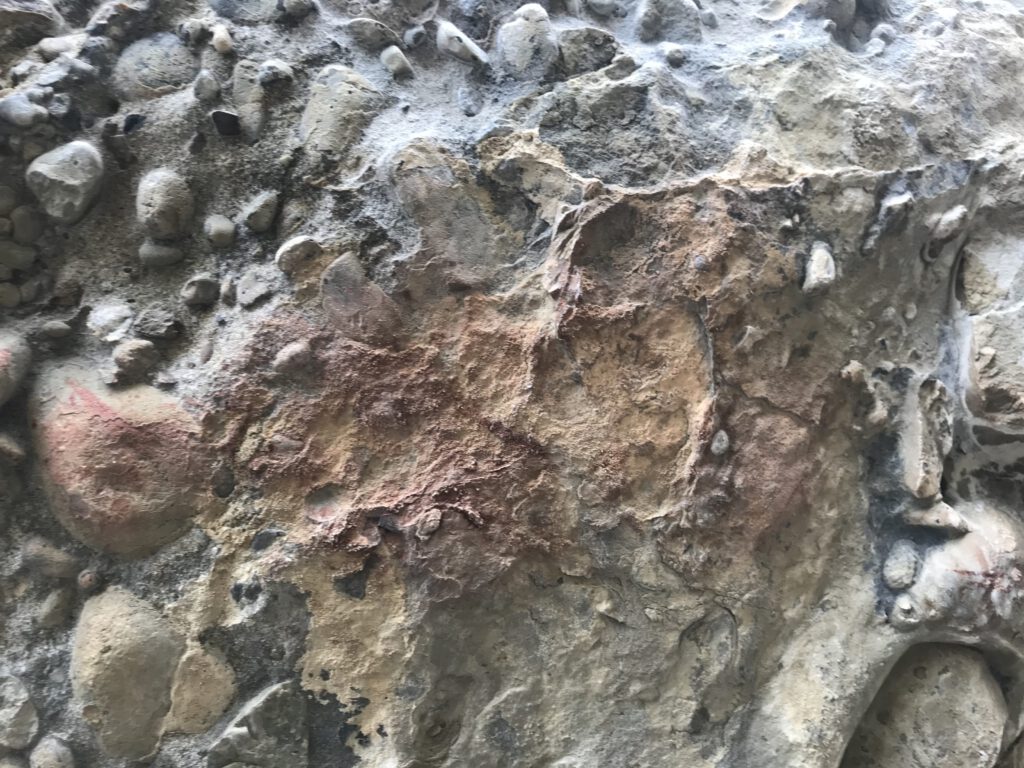
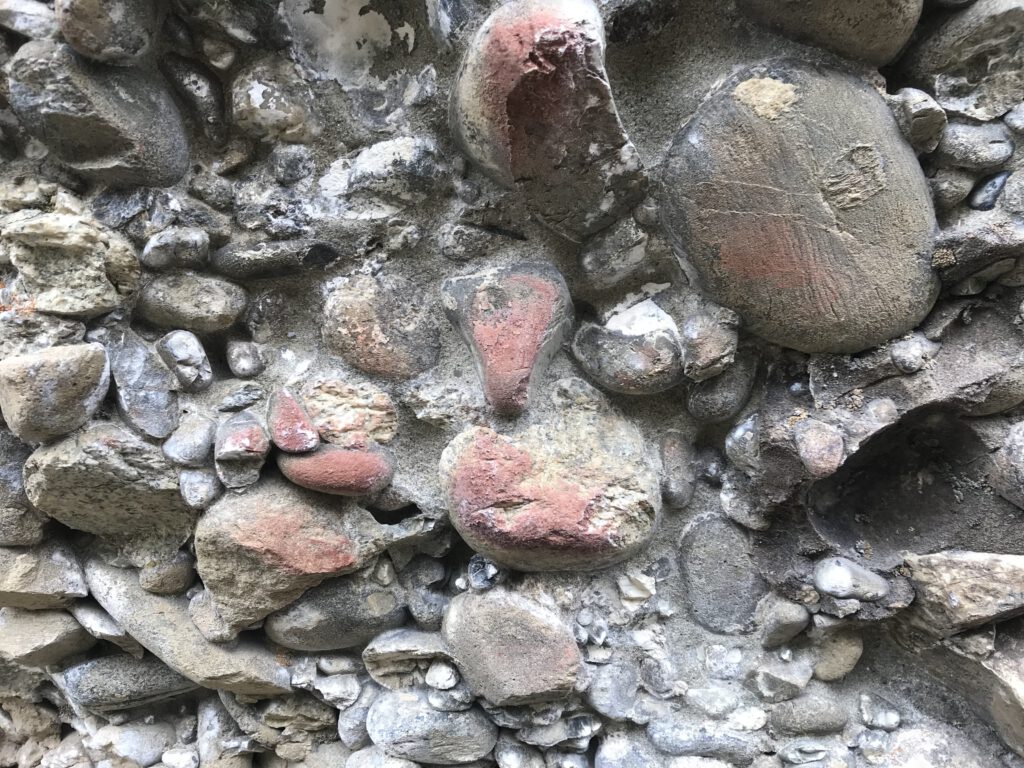
Participants:
Florencia Curci (AR), Thierry Dupradou (CL), Daniela Gimenez (CL), Alfredo Prieto (CL), Victor Mazón Gardoqui (ES), Nicolas Spencer (CL), Carsten Stabenow (DE), Federico Stager (CL)

Bibliography
Borrero, L., F. Martin, and A. Prieto 1997 La Cueva Lago Sofia 4 , Última Esperanza: A Late Pleistocene Feline Burrow . In Anales Del Instituto De La Patagonia, Human Sciences Series Pp. 103 – 122.
Hubbard, Stephen M., Brian W. Romans, and Stephan A. Graham 2007. An Outcrop Example of Large-scale Conglomeratic Intrusions Sourced from Deep-water Channel Deposits, Cerro Toro Formation, Magallanes Basin, Southern Chile.
Jackson, D., y Prieto 2005. Estrategias tecnológicas y conjunto lítico del contexto paleoindio de Cueva Sofía 1, Última Esperanza, Magallanes, Magallanes 33(1)
Martinic, Mateo 1996. La Cueva Del Milodon (Última Esperanza, Patagonia Chilena). Un Siglo De Descubrimientos y Estudios Referidos a La Vida Primitiva En El Sur De América. Journal De La Société Des Américanistes 82(1): 311–323.
Prieto, A. 1991. Cazadores Tempranos y Tardíos En Cueva Del Lago Sofía 1. Anales Del Instituto De La Patagonia 20: 75–99.
Legoupil, D., Prieto, A., Sellier,P. (2004) La cueva de los niños (Seno Última Esperanza): Nuevos hallazgos. Magallania, 32, 225 – 227.
Sepúlveda, M. A. (2011). Pinturas rupestres y tecnología del color en el extremo sur de Chile. Magallania, 39(1).
